Spark Plasma Sintering: Revolutionizing Materials Science
In the world of advanced materials and manufacturing, the Spark Plasma Sintering (SPS) system stands as a cutting-edge technology that has been transforming the way we produce and engineer materials. SPS is a highly specialized and innovative technique used in materials science and engineering to create dense, high-performance materials with unique properties.
What is Spark Plasma Sintering?
Spark Plasma Sintering, often abbreviated as SPS, is a solid-state sintering process that has gained widespread attention in recent years due to its ability to produce advanced materials with exceptional properties. It is particularly valuable for producing ceramics, composites, and advanced metals.
The primary purpose of SPS is to consolidate and densify powder materials into solid forms with enhanced properties, such as improved hardness, higher electrical conductivity, or superior thermal resistance. This is achieved by subjecting the powder materials to a combination of high temperature, pressure, and electrical current in a controlled environment.
How Does Spark Plasma Sintering Work?
The fundamental concept behind Spark Plasma Sintering involves the application of pulsed direct current (DC) and pressure to a powder compact in a vacuum or controlled atmosphere chamber. Here's a step-by-step breakdown of the process:
- Powder Loading: The starting materials, typically in powdered form, are placed into a graphite or refractory metal die. These powders can be ceramics, metals, or composite materials, depending on the desired end product.
- Die Assembly: The die assembly includes an upper punch and a lower punch, which hold the powder in place. Graphite or ceramic sleeves are commonly used to contain the sample and enable the efficient transmission of electrical current and pressure.
- Heating: The die assembly is placed inside the SPS furnace. The furnace is equipped with a pulsed DC power supply and an electrode system. As the process begins, the furnace rapidly heats the powder compact to the desired temperature, typically within a few minutes.
- Application of Pressure and Current: Simultaneously with heating, a uniaxial pressure is applied to the powder compact by the upper punch. At the same time, pulsed DC current is applied through the die, causing the sample to spark and generate localized heating at the particle contacts.
- Sintering: The combination of pressure, temperature, and electrical current promotes the diffusion of atoms, eliminating pores, and promoting grain growth within the powder compact. This leads to the densification of the material.
- Cooling: After a brief holding period, the sample is cooled down to room temperature. The entire process can be completed in a relatively short time, often in less than an hour.
Benefits of Spark Plasma Sintering:
- Rapid Processing: SPS allows for much quicker sintering compared to traditional methods, reducing processing times from hours or days to minutes.
- High Densification: The unique combination of pressure and electric current results in superior densification and reduced porosity, leading to materials with enhanced properties.
- Precise Control: SPS offers precise control over temperature, pressure, and heating rates, enabling the creation of materials with tailored microstructures and properties.
- Improved Properties: Materials produced using SPS often exhibit superior mechanical, electrical, and thermal properties, making them highly desirable for various applications.
Applications of Spark Plasma Sintering:
Spark Plasma Sintering has found applications in a wide range of industries, including:
- Aerospace: SPS is used to manufacture high-strength, lightweight materials for aircraft and spacecraft components.
- Electronics: It is employed in the production of advanced ceramics for electronic components and semiconductor devices.
- Medical: SPS is used to fabricate biocompatible materials for implants and prosthetics.
- Energy: SPS plays a role in developing advanced materials for energy storage, such as lithium-ion battery electrodes.
Conclusion
Spark Plasma Sintering has emerged as a game-changing technology in materials science and engineering, offering a versatile and efficient means of producing high-performance materials with tailored properties. As researchers and industries continue to explore its capabilities, SPS holds the promise of revolutionizing a wide range of applications, from aerospace to healthcare and beyond, by enabling the creation of materials with previously unattainable properties.
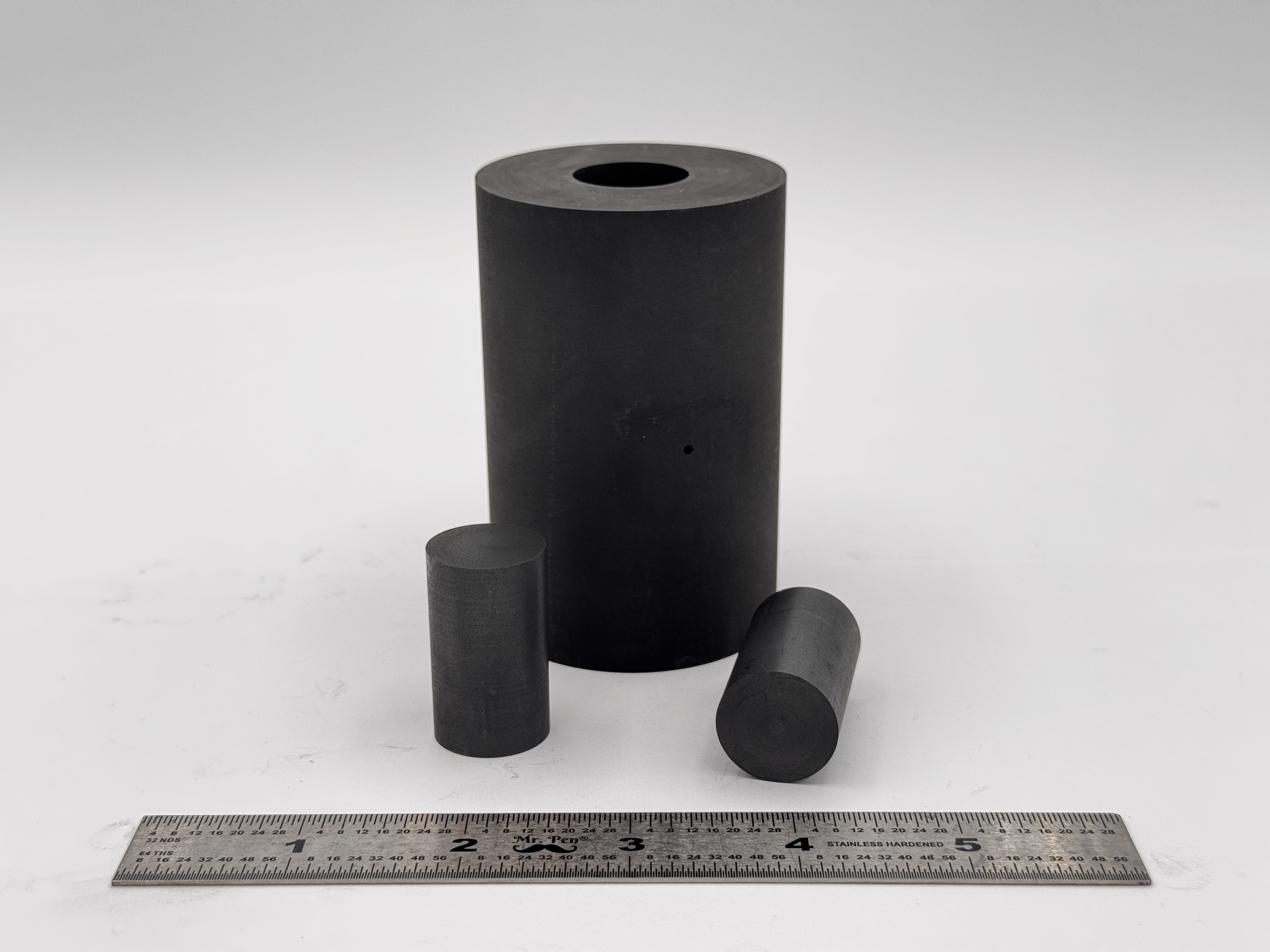 High Strength SPS Graphite Tooling
High Strength SPS Graphite Tooling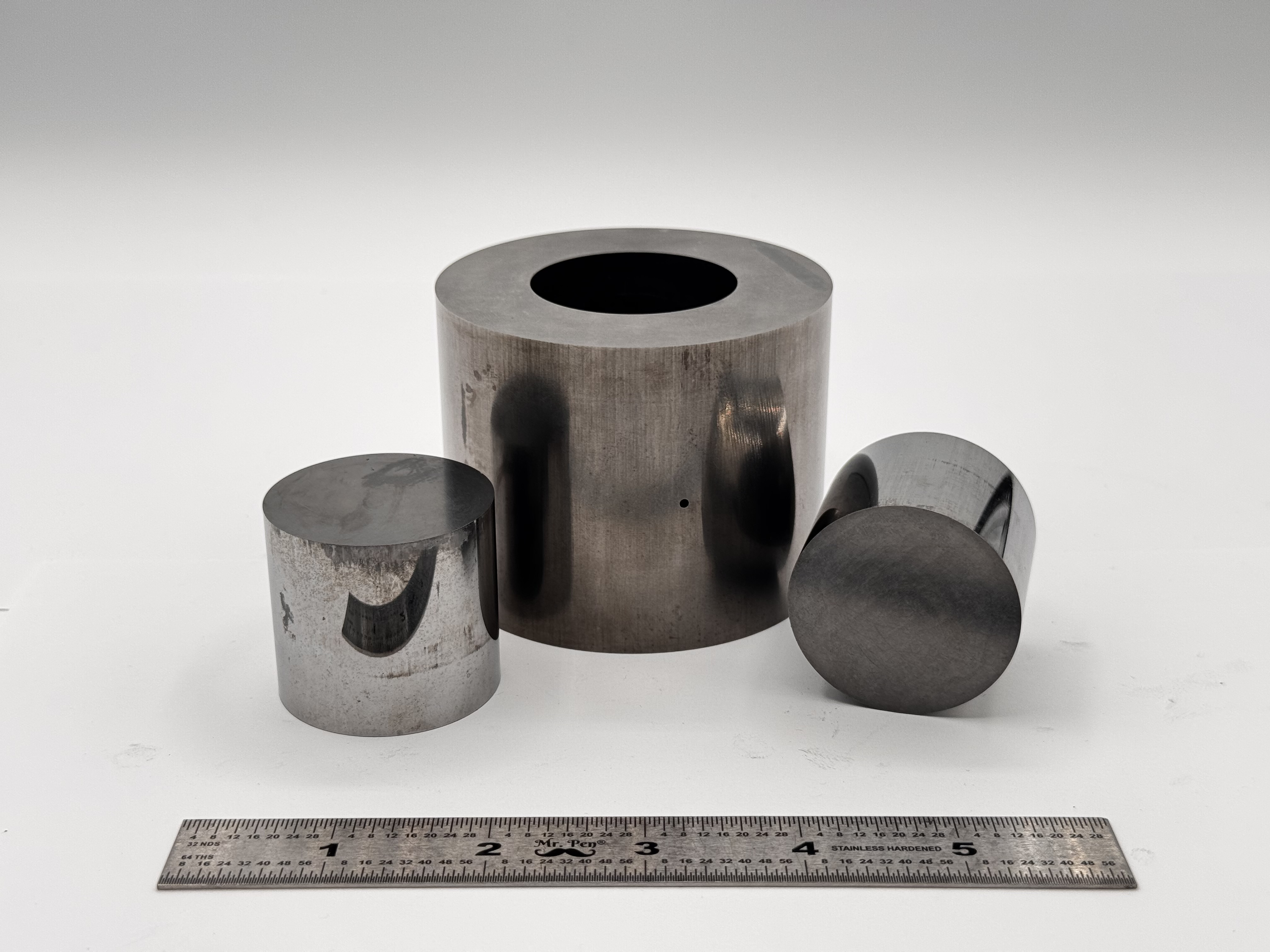 Tungsten Carbide Tooling
Tungsten Carbide Tooling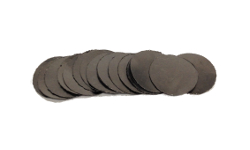 Carbon Graphite Foil / Paper
Carbon Graphite Foil / Paper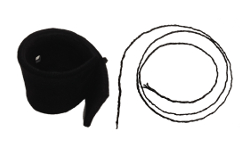 Carbon Felt and Yarn
Carbon Felt and Yarn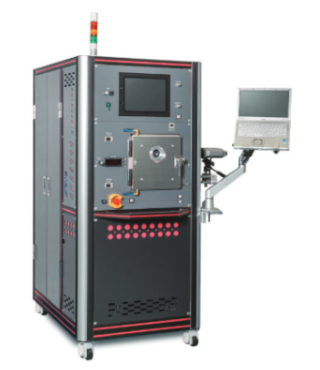 Spark Plasma Sintering Systems
Spark Plasma Sintering Systems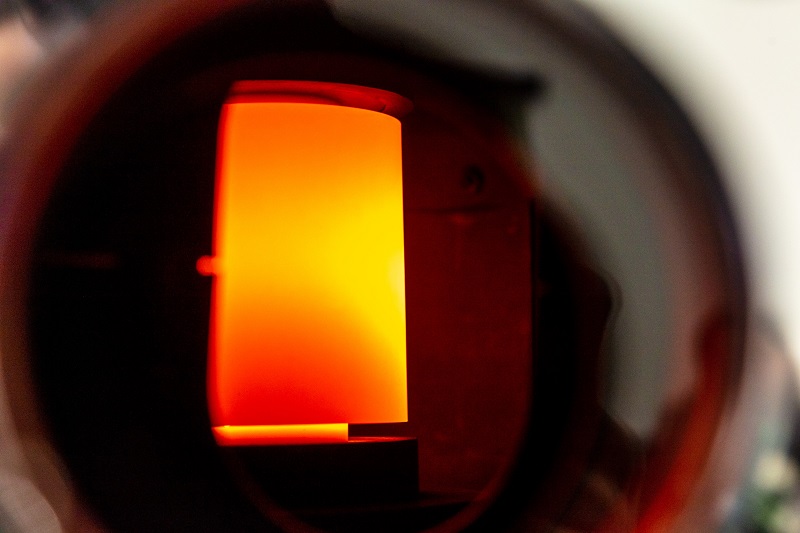 SPS/FAST Modeling Software
SPS/FAST Modeling Software